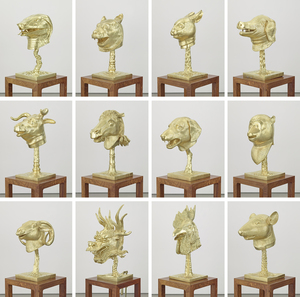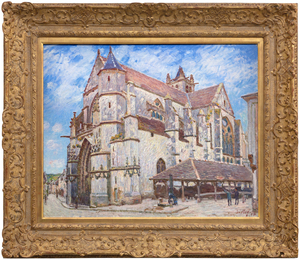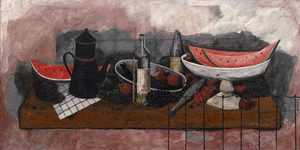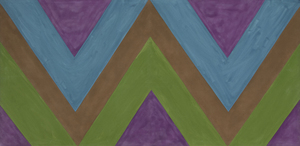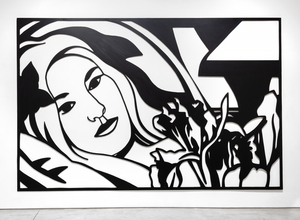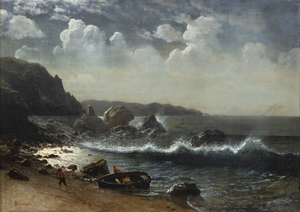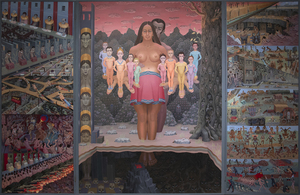Jackson Loch
In der wilden Schönheit von Jackson Hole, Wyoming, mit den Nationalparks als atemberaubende Kulisse gelegen, bringt Heather James Jackson seit über einem Jahrzehnt Kunstwerke und Dienstleistungen von höchstem Niveau in das Intermountain West.
Heather James ist bestrebt, eine unvergleichliche Auswahl an Kunstwerken und Dienstleistungen für Einheimische und Besucher anzubieten, die Jackson Hole zu einem unvergleichlichen Ziel für die amerikanische Kultur und die freie Natur machen.
172 Center Street, Suite 101
Postfach 3580
Jackson Hole, WY 83001
(307) 200-6090
Öffnungszeiten: Nur nach Vereinbarung bis 1. Juli 2025
Ausstellungen
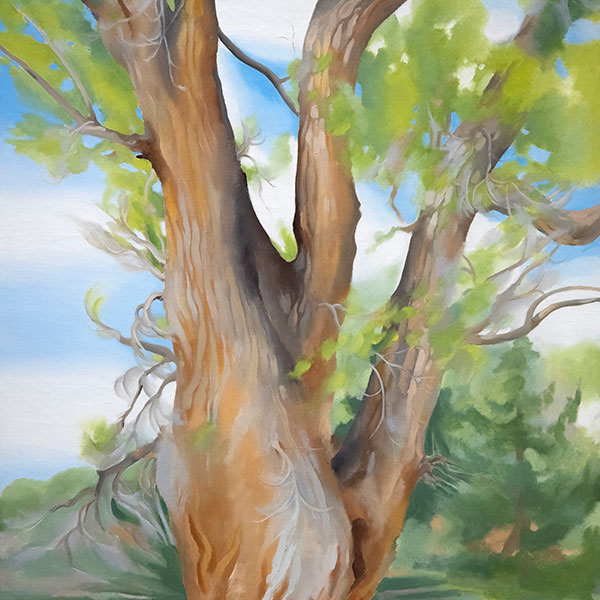
ARCHIV
Das Vermächtnis des Landes: Georgia O'Keeffe und Emily Kame Kngwarreye
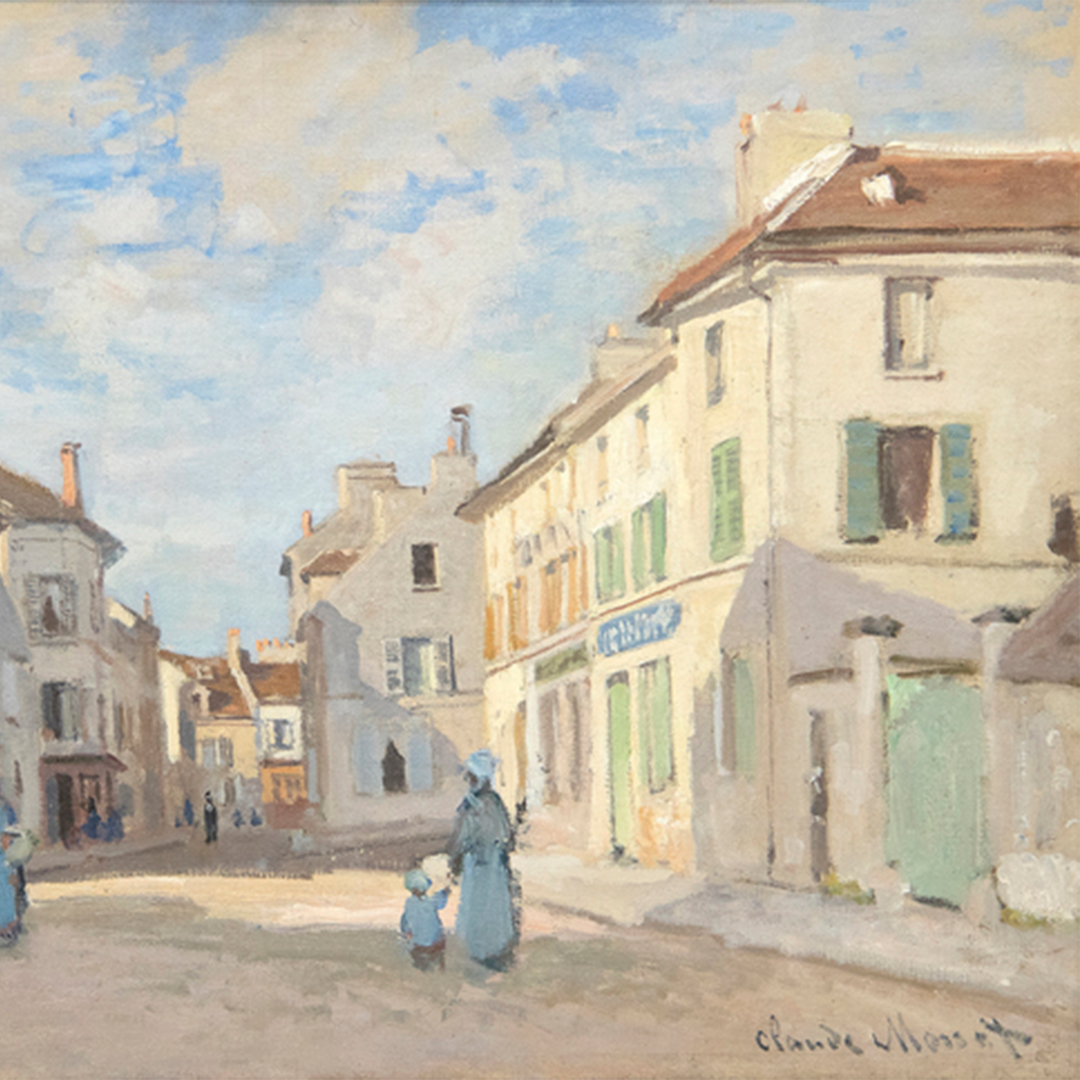
ARCHIV
Alles, was wir gesehen haben: Impressionistische Landschaften von Monet bis Kleitsch
KUNSTWERKE ZUR ANSICHT
CONSULTANTS

ANDREA RICO DAHLIN
Leitender Vizepräsident
Jackson Hole, Wyoming
Andrea ist seit über 20 Jahren in der Branche tätig und hat einen BA in Kunstgeschichte mit einem Nebenfach in Bildender Kunst von der Binghamton University, Binghamton, NY, und einen MA in Moderner Kunst, Kennerschaft und Geschichte des Kunstmarktes von Christie's Education, New York, NY. Sie bringt ihr Fachwissen aus ihrer Erfahrung in Museen und Auktionshäusern mit, da sie am Nelson-Atkins Museum of Art in Kansas City und bei Christie's in New York gearbeitet hat.
Seit ihrem Eintritt bei Heather James Fine Art im Jahr 2015 hat Andrea Einlieferungen gesichert und beim Aufbau bemerkenswerter Privat- und Museumssammlungen mit wichtigen Künstlern geholfen, zu denen Claude Monet, Alfred Sisley, Henri Matisse, Edgar Degas, Norman Rockwell, Andrew Wyeth, Elaine de Kooning, Andy Warhol und Tom Wesselmann gehören.

SARAH FISCHEL
Ko-Vorsitzender, Beratung
Jackson Hole, Wyoming
Sarah hat eine tiefe Leidenschaft für Kunst und Geschichte, denn sie wuchs inmitten von Kunst auf. Diese frühe Liebe führte zu mehr als einem Jahrzehnt Erfahrung in der Kunstwelt. Sie hat sich in Galerien, Auktionshäusern und Museen umgesehen.
Sarah glaubt fest daran, dass es wichtig ist, alle Aspekte eines Unternehmens kennenzulernen und zu erfahren. Sie hat in der gesamten Kunstwelt in verschiedenen Funktionen gearbeitet und bringt einen ganzheitlichen Ansatz in die Beratung und ihre Arbeit ein. Seit 2015 ist Sarah eine Schlüsselfigur bei Heather James Fine Art, wo sie einen erstklassigen Kundenservice bietet, die Galerie in Jackson Hole leitet, Galerieausstellungen und Sammlerwohnungen kuratiert und strategische Werbeinitiativen anführt.
Nach ihrem Abschluss in Journalismus und Kunstgeschichte an der New York University setzte Sarah ihre akademische Ausbildung mit einem Master-Abschluss des Christie's Art, Law, and Business Program in London fort. Neben ihren beruflichen und schulischen Aktivitäten engagiert sich Sarah aktiv für Dinge, die ihr am Herzen liegen, darunter Jackson Hole Public Art als Vorstandsmitglied und das United States Holocaust Memorial Museum.
Als Co-Vorsitzende bringt Sarah ihre persönlichen Erfahrungen und ihr Wissen über Kunst und Sammeln in jede Interaktion ein und sucht stets nach der besten Lösung für die Bedürfnisse ihrer Kunden.
IN DEN NACHRICHTEN
DIENSTLEISTUNGEN
Heather James Fine Art bietet eine breite Palette von kundenorientierten Dienstleistungen, die auf Ihre spezifischen Bedürfnisse zugeschnitten sind. Unser Operations-Team besteht aus professionellen Kunsthändlern, einer kompletten Registrierungsabteilung und einem Logistikteam mit umfangreicher Erfahrung im Bereich Kunsttransport, Installation und Sammlungsmanagement. Mit einem weißen Handschuhservice und einer persönlichen Betreuung geht unser Team noch einen Schritt weiter, um unseren Kunden außergewöhnliche Kunstleistungen zu bieten.

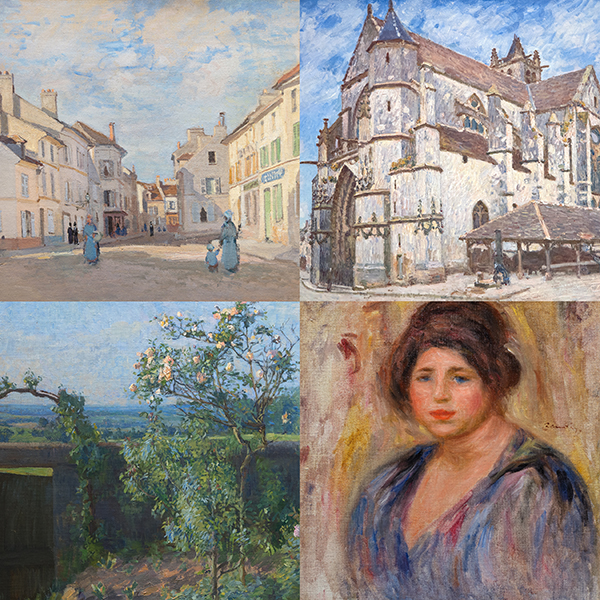
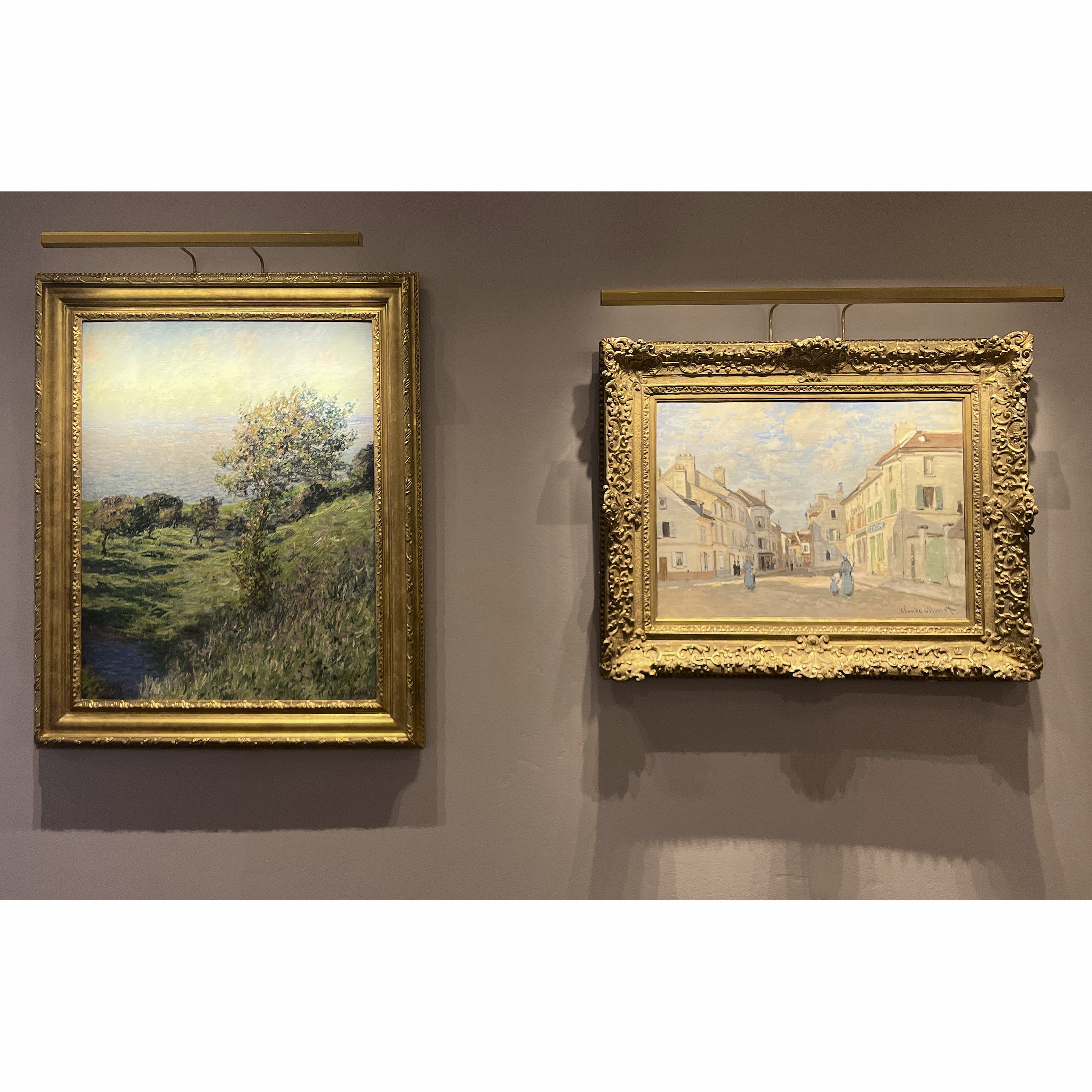
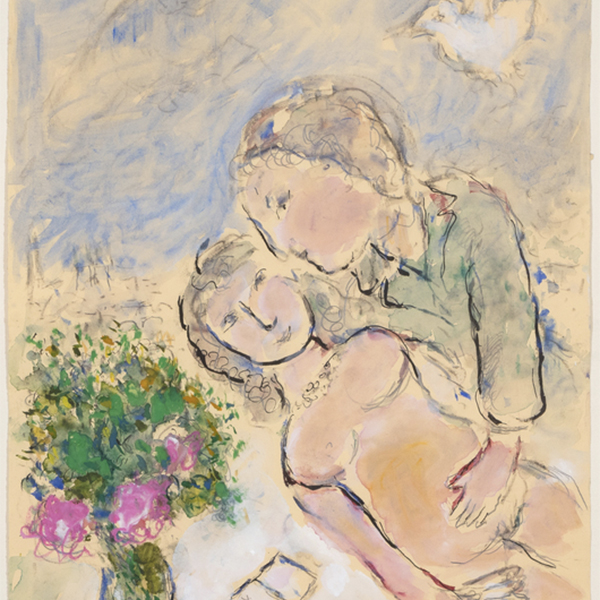
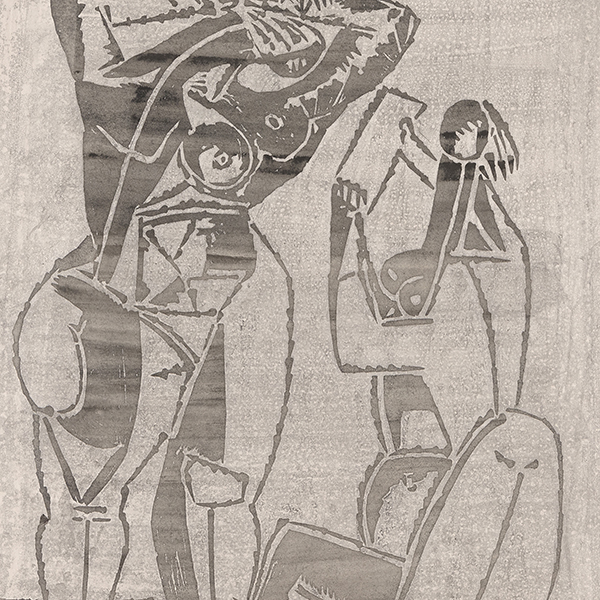
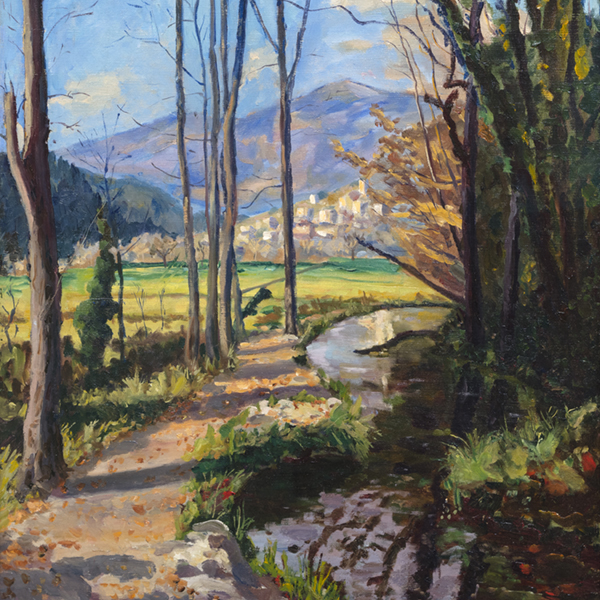
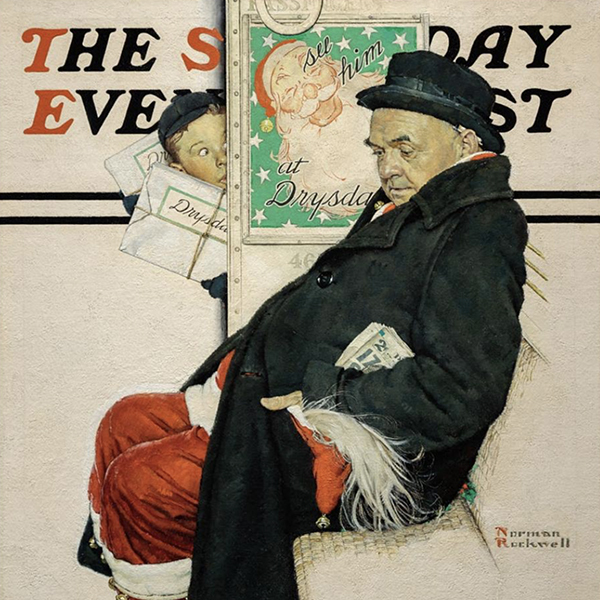

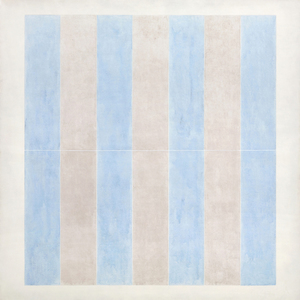
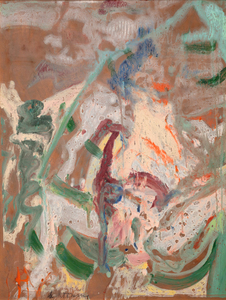
_tn43950.jpg )
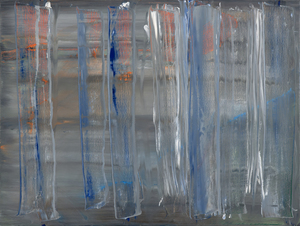
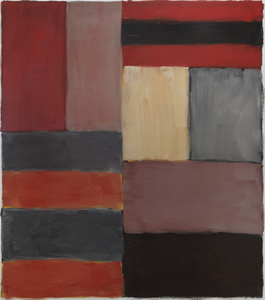
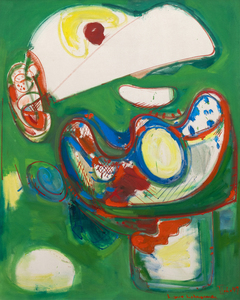
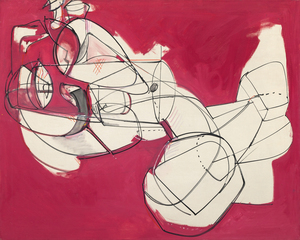
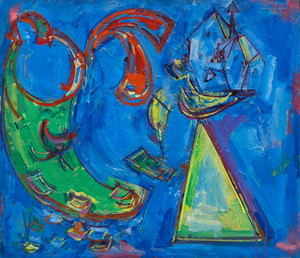
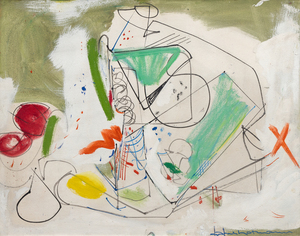
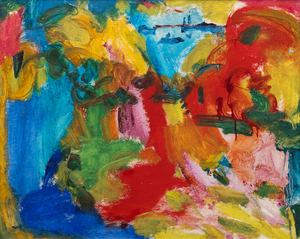
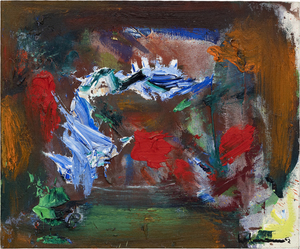
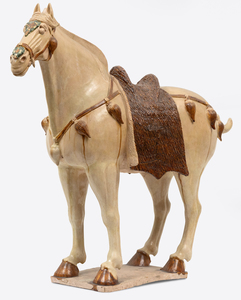
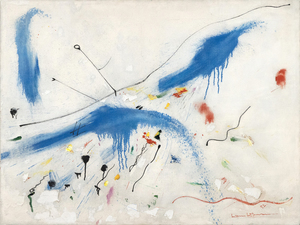
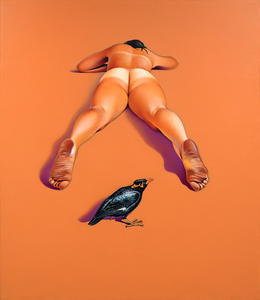
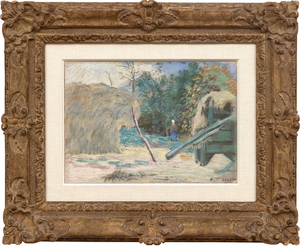
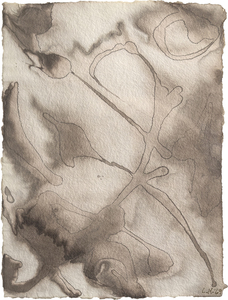
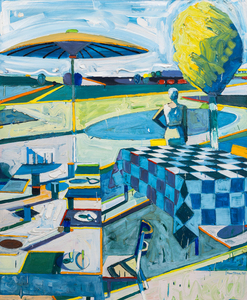
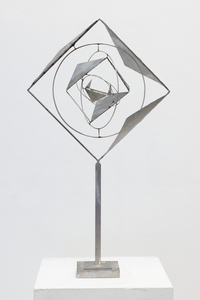
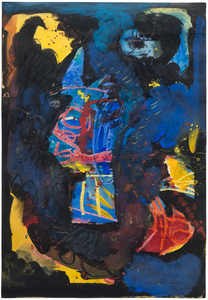
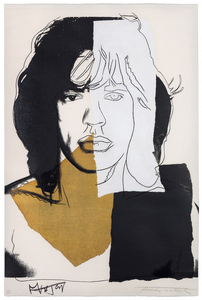
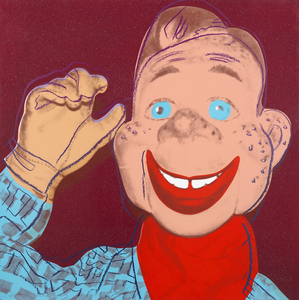
_tn46616.jpg )
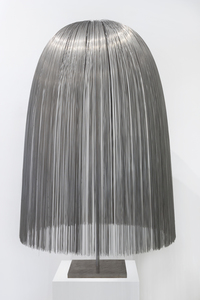
_tn47464.jpg )
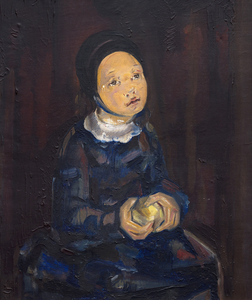
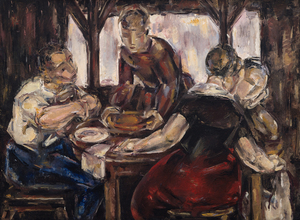
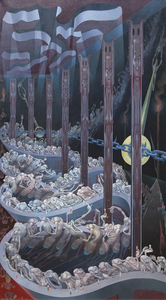

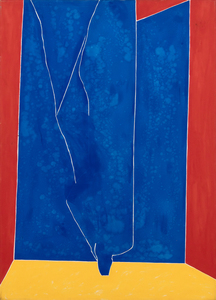
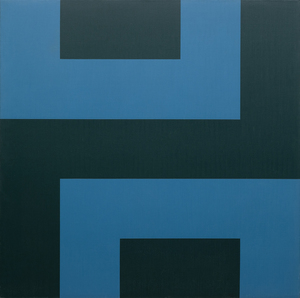

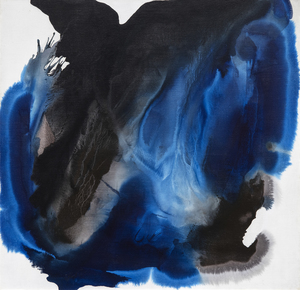
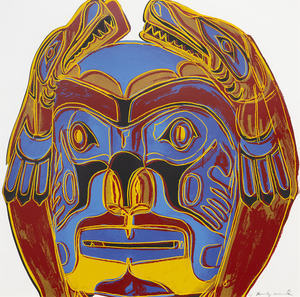
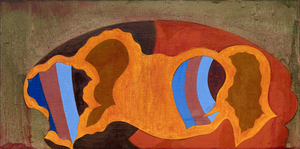
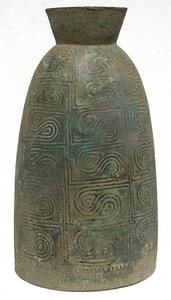
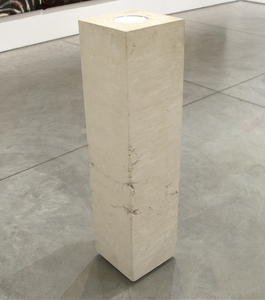
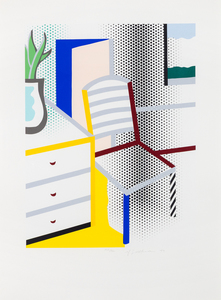

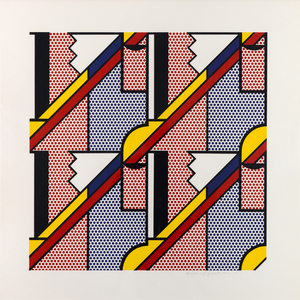
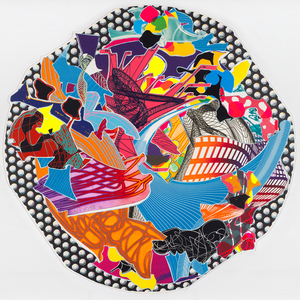
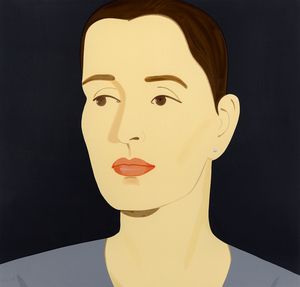
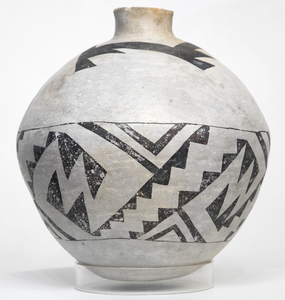
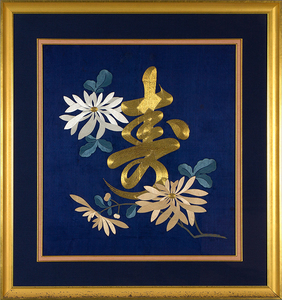



























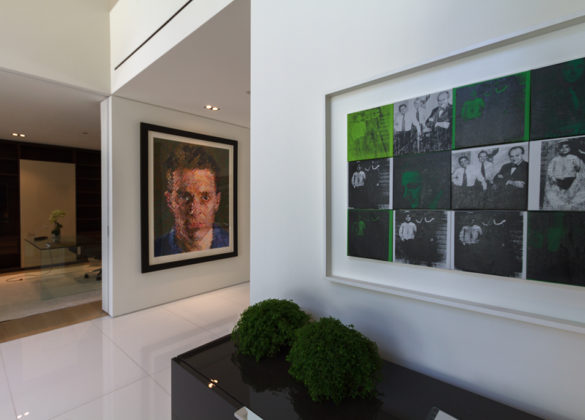

_tn47012.jpg )
,_new_mexico_tn40147.jpg )
